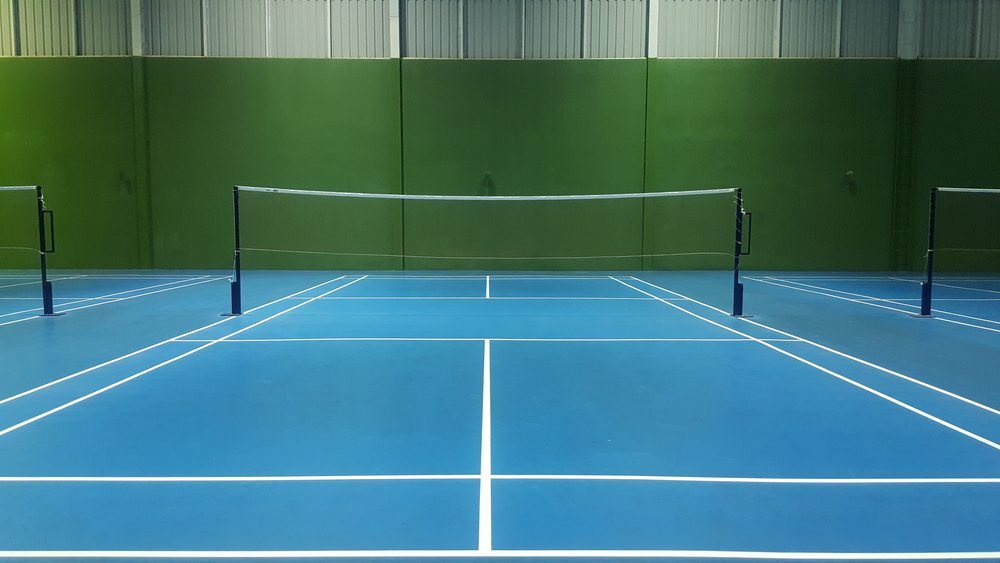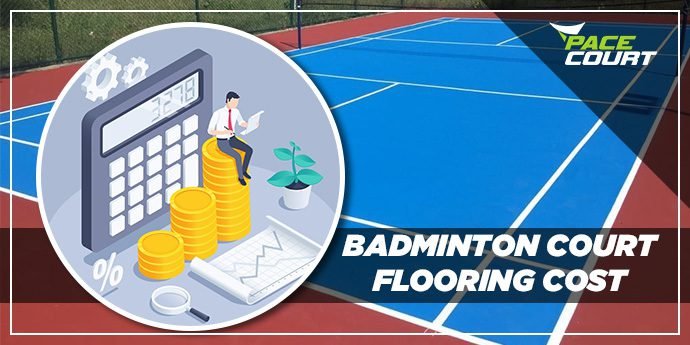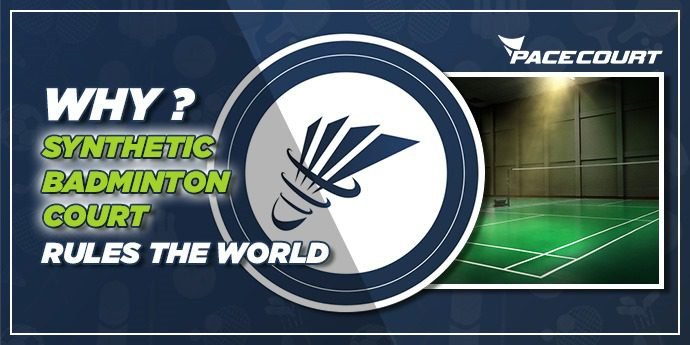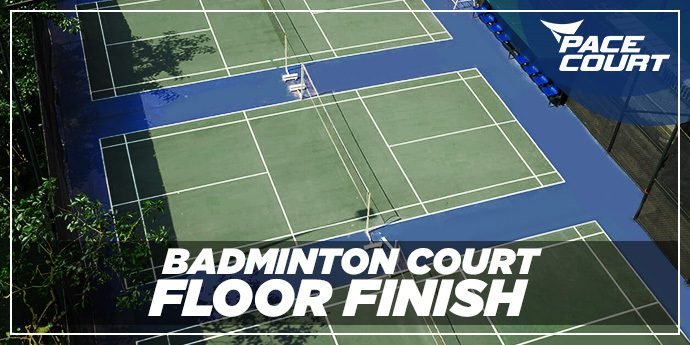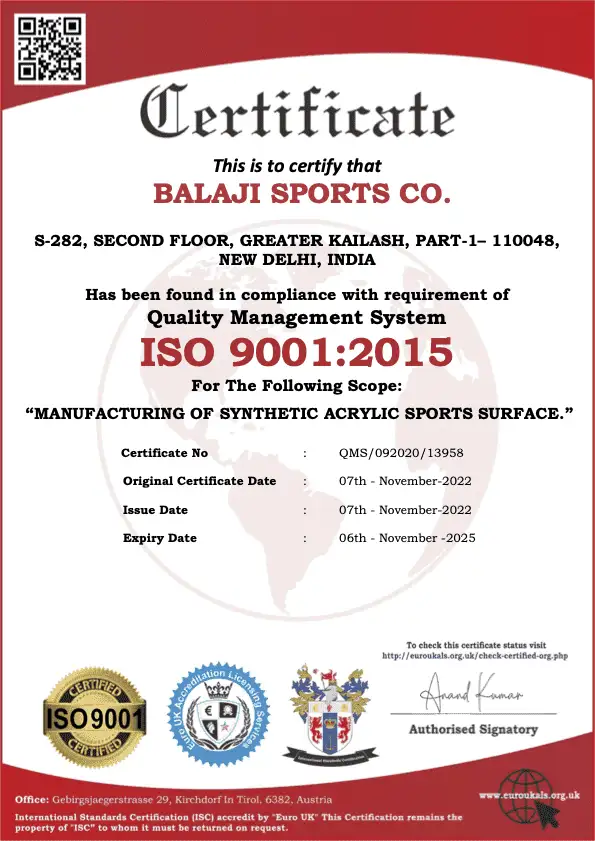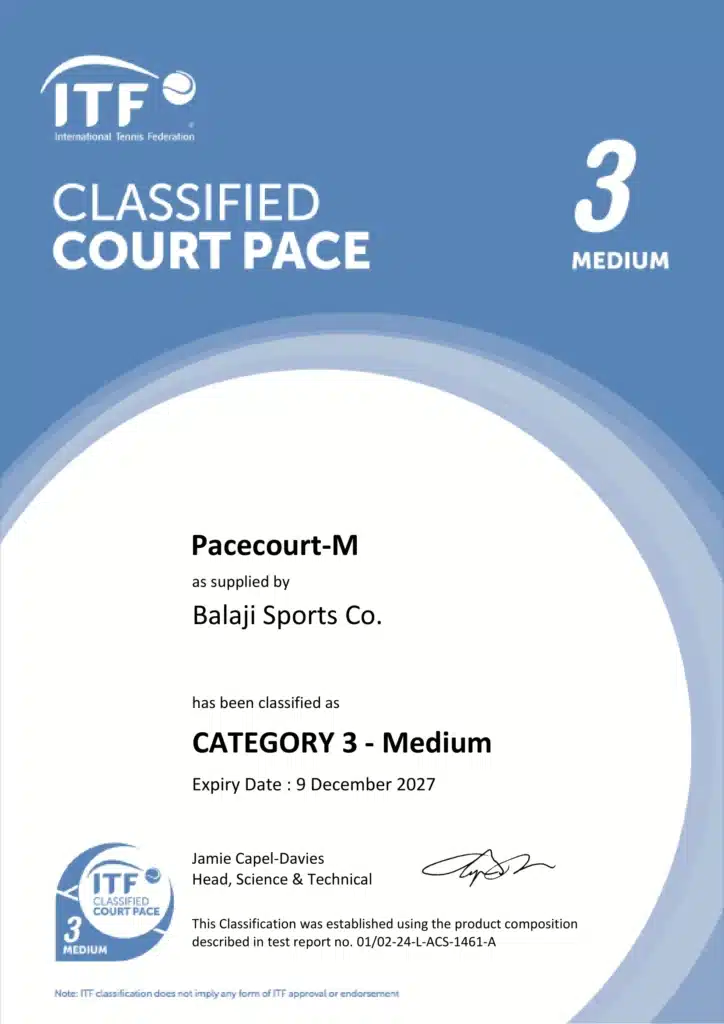Badminton Court Construction: A Comprehensive Guide
Introduction Building a professional or recreational badminton court involves detailed planning, appropriate materials, and following certain guidelines. Whether you are constructing an indoor court or an outdoor badminton court, this in-depth guide by Pacecourt will make you familiar with the step-by-step procedure. It also provides you with a correct idea of the cost of badminton court construction, flooring types to be used, and maintaining the court for long-term usage. Understanding Badminton Court Specifications Dimensions and Markings The Standard area of a badminton court in square feet is around 1,620 sq. ft., with 20 ft of width and 44 ft in length. These are according to BWF (Badminton World Federation) standards. Inner side lines are used by singles courts, while doubles courts use the entire width. Careful line marking and painting is required for safe play and effective training. In recreational play, slight deviation is acceptable, but it is advisable to use the standard setup for consistency and performance. Surfaces: Choices and Implications The court surface has a direct influence on player performance as well as safety. Synthetic badminton court flooring, and particularly acrylic flooring, is Pacecourt’s first recommended choice because it offers better traction and durability. Acrylic surfaces have many advantages. Acrylic surfaces offer a cushioned, non-slip playing surface, minimizing the chances of injury. The surfaces are resistant to weathering and long-lasting but low-maintenance—ideal for outdoor badminton court installation. Acrylic is also UV radiation-resistant with fast drying. Synthetic badminton court prices are a function of the quality of acrylic material, surface area size, and level of professionalism involved in the installation. Site Selection for Court Construction Site Selection The choice of a proper site is required so that long-term performance and utilization can be made easy. Easy customer and player accessibility, proper lighting and ventilation for outdoor sites, and protection from rain and wind are some of the major site-selection considerations. There is more control over the environment provided by indoor courts, but outdoor badminton court construction require the fitting of better weather-resistant equipment such as Pacecourt’s acrylic floor. Landscaping and Ground Preparation The ground should be graded and cleared of obstructions first before anything can be constructed on it in order to be stable, level and firm with a ground base. Grounds are packed, concrete-hard sub-bases are built, and a good drainage system should be installed to avoid undesired water puddles. Low-maintenance landscape useable must then surround the area. Trash must be shunned as well by erecting a fence to enclose the play area. Zoning and Permitting Requirements Local regulations have to be met. Zoning clearance, construction permits, and environmental clearance, if applicable, have to be verified by the developers. Depending on the place, the specifications will vary. Taking advice from municipal authorities will help your project remain legal and will not generate problems in the future. Construction Process Planning and Design A successful court begins with a good plan. This should include court size, material selection, and other alternatives like lighting or fencing. Get designers and contractors involved to produce the most effective use of space available, select the best synthetic surface, and make sure that all the fine details are according to safety and performance standards. Planning involves a high cost. Badminton court construction cost will depend on base construction, surface, and facilities included. For an outdoor court, average installation cost of a badminton court ranges from INR 350 to INR 550 per sq. ft. Court Structure Construction Construction is carried out in phases: Using the finest material from Pacecourt ensures optimal performance, durability over time, and less maintenance. Maintenance of Badminton Courts Daily Cleaning and Maintenance Keeping your court safe and extending its longevity is a result of regular maintenance. A well-maintained routine consists of: Pacecourt suggests the use of special maintenance products that are compatible with acrylic surfaces to avoid damage. Repair and Renovation Regardless of best practices, courts may degrade from overuse. Common deterioration involves a cracked surface, discolored marking, or slickness due to exposure to the weather. Frequent inspection allows early detection. Whenever required, resurfacing with new coats of acrylic rebuilds court quality. Pacecourt provides professional repairing and remodeling services. Tips on Seasonal Maintenance Seasonal variations demand alternative maintenance techniques Seasonal maintenance ensures longer usage life and consistent performance of the court. Case Studies 1: Uneven Surface and Waterlogging in Outdoor Badminton Courts Problem: A Hyderabad sports academy had frequent waterlogging and irregular surfaces on their outdoor badminton courts. The improper slope of the concrete foundation caused standing water during monsoon months, paint to peel, and cracks on the surface to form. This compromised player safety and court use. Solution: Pacecourt suggested a full ground regrading and base repair. First, our contractor de-laid the previous surface, and then reconstructed the sub-base with the correct slope and drainage channels to disallow water holding capacity. And then installed high-grade acrylic flooring using Pacecourt materials with anti-slip quality and UV resistance for weather durability. Results: The new surface played exceptionally well even after heavy rain. Players felt better grip and less injuries. The academy saw 80% less maintenance requirements and a remarkable increase in bookings for training sessions. The court has been in excellent condition for more than three years. 2: Cracked and Faded School Badminton Court in Need of Repair Problem: There was an old badminton court made of concrete in a school run by the government in Bhopal that had cracked and faded with time. The floor had become slippery and dangerous to students, and the line painting was almost not visible, which rendered the court unusable in PE classes. Solution: Pacecourt was a cost-effective resurfacing option. Sealing existing cracks with rubberized filler and applying several coats of acrylic synthetic paint for durability was done. We also incorporated high-visibility line markings to enhance play clarity. It was finished within the holiday period of the school. Results: The court’s appearance and safety were drastically improved. Students returned to using the court daily, and the school saved significantly on what would’ve been a full reconstruction.




